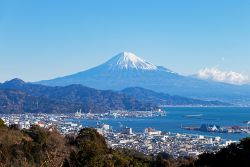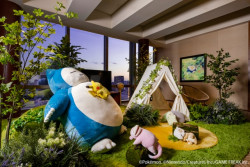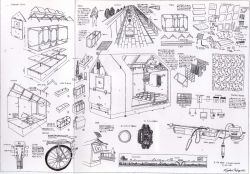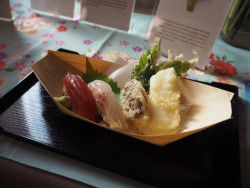
August 29, 2013
Laughter in the Heart of Tokyo
A crash course in comedy at the Asakusa Toyokan
By Metropolis
SCHEDULING YOUR VISIT
The main performing schedule is broken down into three blocks each month with special events taking place in between. The periods are called the kamiseki, nakaseki and shimoseki, with kami, naka and shimo meaning upper, middle and lower, and seki meaning seats. Performers of the Manzai Kyokai perform daily from noon-4:30pm during the kamiseki (usually the first nine days of the month) and the nakaseki (11th-19th of the month). The shimoseki (the 21st-29th of the month) block is reserved for the performers of the Boys Variety Kyokai. To find out who is performing when check out the Toyokan web site and click on “Time Table” (タイムテーブル). Schedules are also available at the Toyokan.
FITTING IN
The atmosphere at the Toyokan is relaxed but there are some common-sense rules one should keep when enjoying the show. Vending machines sell snacks and drinks in the lobby, and food and drink are allowed in the theater—but audience members are required to take their trash home. Like with rakugo shows, it is acceptable to come late and leave early—but try and leave in between the acts. Most sets are 10-15 minutes in length. There is also a ten-minute intermission. Tickets for the kami, naka and shimoseki are priced at ¥2,500 for adults, ¥2,000 for students and ¥1,000 for children. Special events are usually ¥500 more for each ticket. Tickets go on sale daily from 11:30am at the box office.
LANGUAGE OF COMEDY
Unfortunately, unlike at the kabuki theater, there is no English guidance available. With the speed and at times unscripted style of manzai comedy it’s doubtful any such translation could keep up. Foreigners with moderate-to-excellent Japanese skills should be able to catch many of the jokes and some of the more visual acts require no translation to enjoy. Studying Japanese through comedy can be both challenging and rewarding. Understanding comedy in any language requires not only a certain level of language comprehension but also knowledge of slang, cultural background, and styles of humor. However, even without a full understanding of Japanese the chance to experience the humor of Japan live should not be missed.







